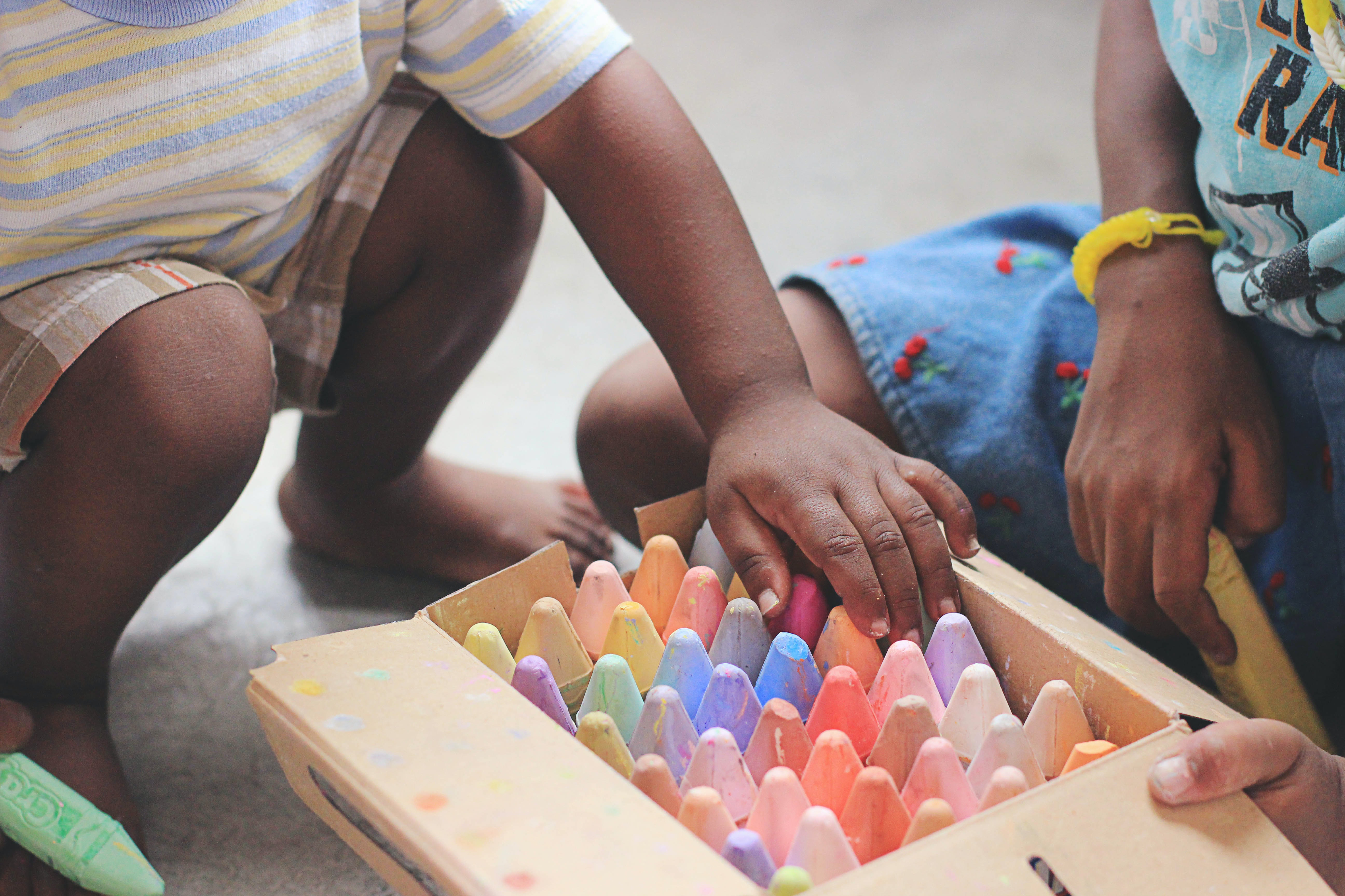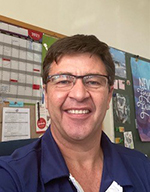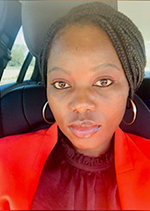14 September 2021
|
Story Dr Jan du Plessis and Dr Mampoi Jonas

Opinion article by Dr Jan du Plessis, Head of the Paediatric Oncology Unit, and Dr Mampoi Jonas, senior lecturer in the Paediatric Oncology, University of the Free State
For many years childhood cancer has remained a taboo subject in our communities, mainly because too little was
or is known about it. Many have known or come across an adult with cancer but for a child to be diagnosed with cancer is totally unheard of. No parent wants to hear the news that their ‘heartbeat in human form’ has fallen ill. One
moment they are OK, the next, waves of emotions flood the parents. Mixed in all this are feelings of guilt, anxiety, uncertainty, constant wondering if they could have done anything differently. Most importantly the question, often unuttered remains
“Is my child dying/ how much time do I have”.
Most young cancer patients live in developing countries
Childhood cancer is rare and involves only 1% of all cancers. It is reported that globally approximately 70% of all childhood cancer cases occur in low- and middle-income countries. If diagnosed early, approximately 70-80% of childhood cancers are curable
in developed countries. Unfortunately, most children with cancer live in developing countries with limited resources and the cure rate does not reflect the same success. The low survival rates can be attributed to poor diagnosis coupled with too few
specially trained doctors and nurses and the misbelief that child cancer is too difficult to cure. However, even in resource-poor environments at least 50% of childhood cancers can be cured.
Numerically, childhood cancer is not a significant cause of death in sub-Saharan African countries, which leaves childhood cancer less of a priority. In Africa, the most common paediatric health problems are malnutrition, infectious diseases such as HIV
and tuberculosis. Whereas in Western countries, after accidents, cancer is the second leading cause of death in children and is a burden to the health system.
A study done by Stones et al in 2014 published the survival rates for children with cancer in South Africa at two different Units (Universitas and Tygerberg Hospitals) to be around 52%. The conclusion was that the children present late and with advanced-stage
disease, which obviously affects their outcome. They also concluded that strategies to improve awareness of childhood cancer should be improved. Identifying early warning signs of childhood cancer is critical for parents and healthcare workers to
ensure early diagnosis and improved cure rates. We often refer to these as red flag signs that should raise suspicion of the possibility of cancer as a diagnosis for the presenting patient.
Almost 85% of childhood cancers will present with the red flag signs, which could suggest the possibility of a childhood cancer, namely:
1. Pallor and purpura (bruising)
2. Bone and joint pain
3. Lymphadenopathy
4. Unexplained masses on any body part
5. Unexplained neurological signs
6. Changes in the orbit or eye
7. Persistent unexplained fever and weight loss
The most common cancer in children is leukaemia (blood cancer). Brain tumours are the most common non-haematological cancers, followed by nephroblastomas (kidney cancers) and neuroblastomas (sympathetic chain cells, the adrenal glands the most common
site of origin).
We honour the children currently battling cancer and their families
Once there is clinical suspicion of cancer, the child should be investigated or referred for the relevant investigations to be conducted to get to the right diagnosis. Treatment for childhood cancer includes chemotherapy, surgery or radiotherapy. These
may be given separately or in combination depending on the diagnosis. Many models of care exist, but regardless of the outcome, children and families who receive compassionate, holistic care of symptomatology and address their non-physical needs are
able to face their illness with dignity and energy.
Childhood Cancer should not remain a taboo subject in South Africa and should be a topic of conversation more often so that people can be educated regarding the early warning signs and become more aware of its occurrence amongst children. Get the word
out that a cure is possible. This month, which is known as Childhood Cancer Awareness Month, and throughout the year, we honour the children currently battling cancer, the families who love them, the clinicians and other caregivers treating them,
the survivors of childhood cancer and the children who lost their lives to childhood cancer.
Authors

Dr Jan du Plessis is the Head of the Paediatric Oncology Unit in the Faculty of Health Sciences at
the University of the Free State (UFS).

Dr Mampoi Jonas is a senior lecturer in the Paediatric Oncology, University of the Free State (UFS).